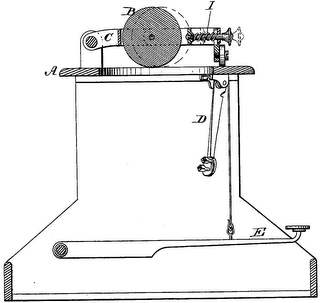The first typewriters could print only upper case letters. The addition of lower case letters was, at first, accomplished by adding a new key for each lower case letter, so in effect there were two separate keyboards. Some early typewriters organized the keys for upper case differently than for lower case. Imagine how difficult it would be to learn that keyboard! It took years to develop the shift key so that both upper and lower case letters could share the same key. This was a nontrivial invention, combining mechanical ingenuity with a dual-faced typebar. -- Donald A. Norman: The Psychology of Everyday Things, Basic Books, New York (1988).
Wrong. The first typewriter with upper and lower case letters was Remington No.2 that was introduced in January, 1878 (cf. "The Improved Type-Writer", The Type-Writer Magazine, Vol.2, No.1 (January 1878), pp.10-11,17,19-24). Remington No.2 actualized platen-shift mechanism by Mr. Byron Alden Brooks, which literally shifts the platen to the front in order to type upper case letters, so that both upper and lower case letters shared the same typebar and the same key (shown below, taken from U. S. Patent No.202923). The first typewriter with separate keys for upper and lower case letters was Caligraph No.2 that was released four years behind Remington No.2 (cf. "The Caligraph", The Caligraph Quarterly, Vol.1, No.1 (October 1882), pp.1-2,20-21,30). Prof. Norman's "psychology" doesn't stick to the facts on typewriters.

0 Comments:
Post a Comment
<< Home